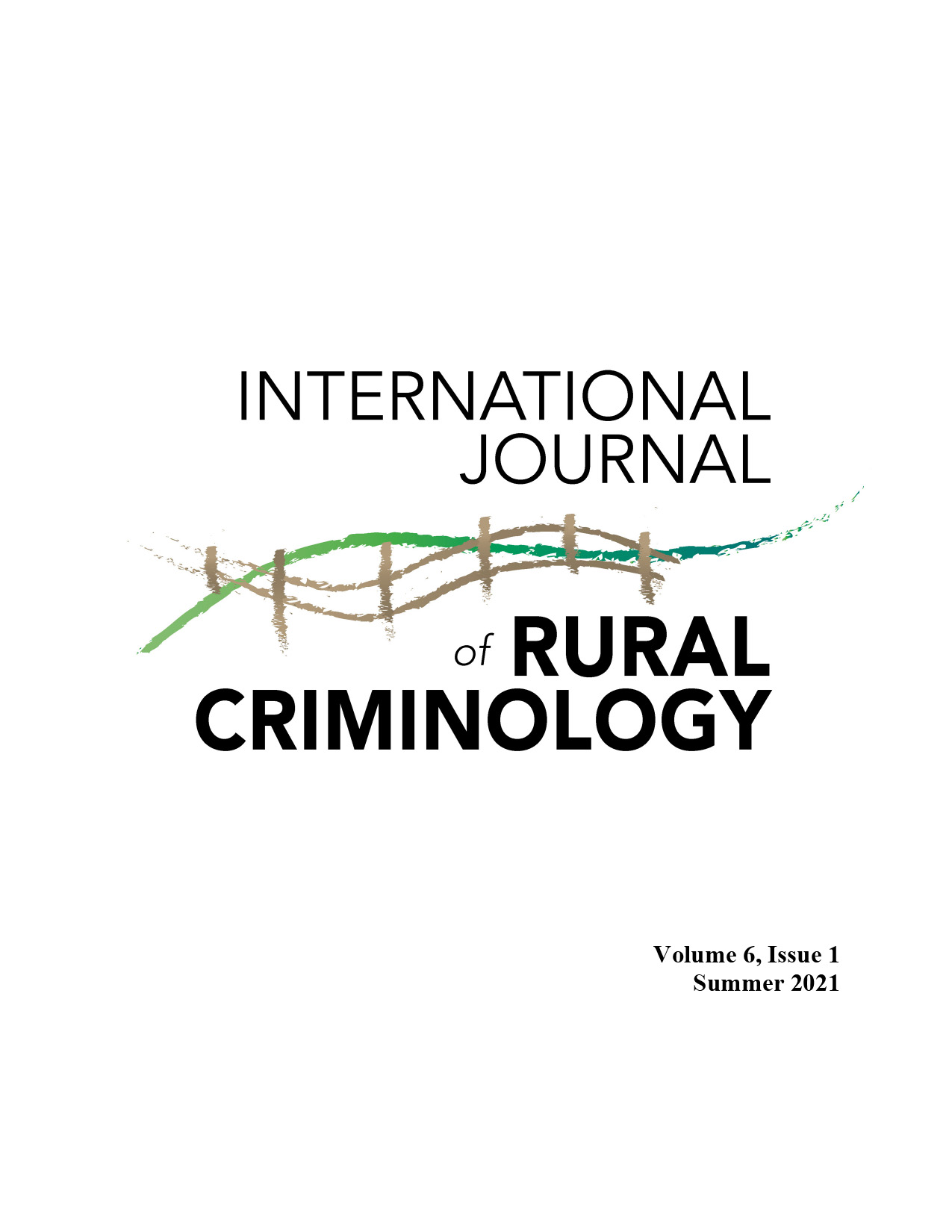A Preliminary Assessment of Rural Corruption in China
DOI:
https://doi.org/10.18061/ijrc.v6i1.8625Keywords:
corruption, rural corruption, "hidden" discretionary power, land expropriation, land policy, "greedy fly corruption", horizontal and vertical corruption, direct and indirect corruptionAbstract
Rural-related corruption in China manifests itself differently in terms of different forms and intensity over time. The preliminary findings indicate that rural-related corruption in China is a particular type of white-collar crime. It embraces a mixed dimension of political crime, economic crime, corporate crime, environmental crime, and crimes within social control systems, such as the police. The time series analysis demonstrates an increase of diversity and intensity of this corruption. It also shows that rural corruption is dynamic and its dynamics have evolved significantly over time. An analysis of the historical context identifies three distinctive stages of rural-related corruption (1995-2007; 2008-2012, and 2013-2017), from acknowledgement of the issue, to issue outbreak, to a "rampant" stage, all with consistent determinants and explanations. Evidence shows that Chinese national land use policy is among the leading explanations of rural corruption. The majority of other types of rural corruption also are rooted in land-related issues. The causes of corruption in rural China have both institutional and individual behavioral explanations, which distinguishes them from the explanations of general corruption. General criminological explanations of corruption must be modified to fit a rural context and the unique histories of particular society, which in this case, is China.Downloads
Published
How to Cite
Issue
Section
License
Copyright (c) 2021 Qingli Meng

This work is licensed under a Creative Commons Attribution-NoDerivatives 4.0 International License.


